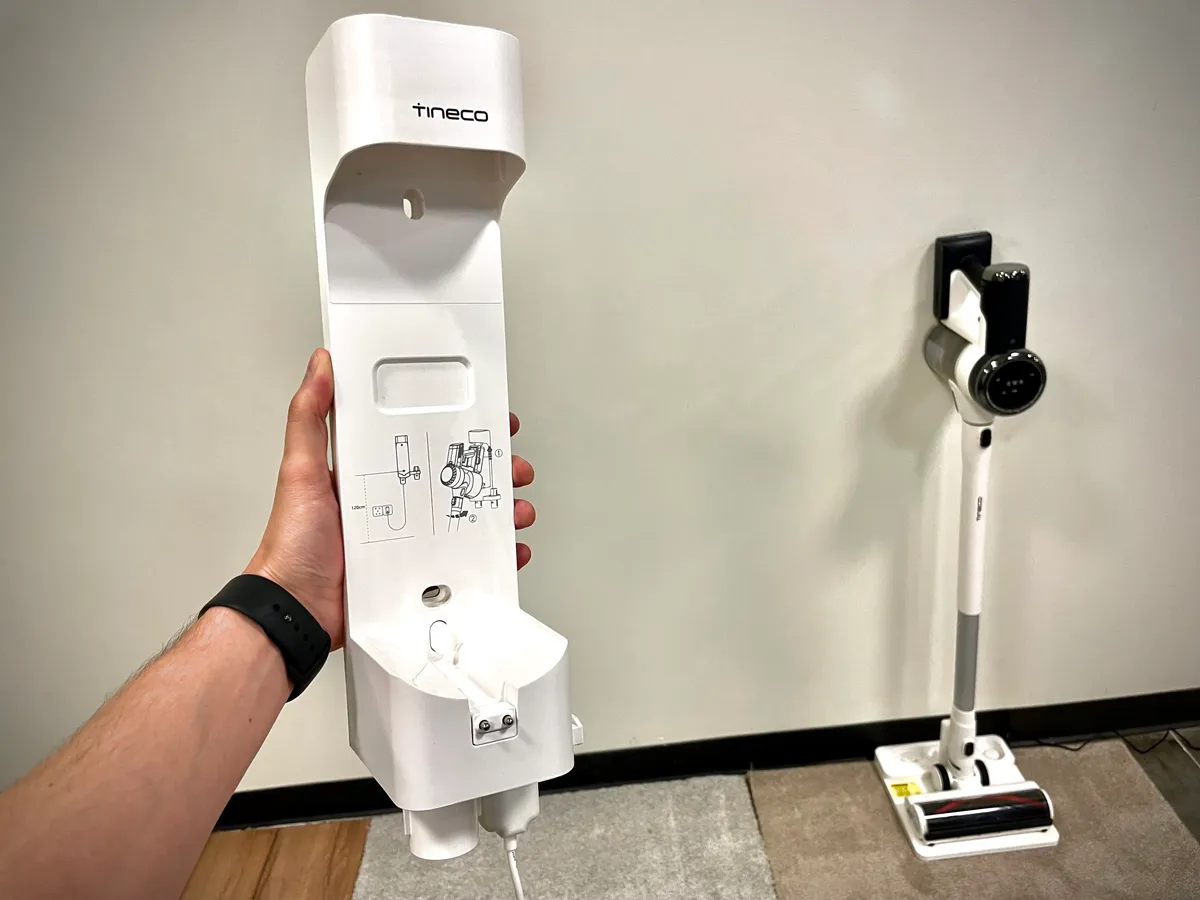If you want two different phone numbers, getting two different phones is the most logical option.
But that can be very expensive, and still means you have to carry around two devices almost everywhere.
Luckily, there’s a much easier solution: dual-SIM phones. As the name suggests, they allow you to have two SIM cards (and consequently, phone numbers) on the same device. Paired with a couple of great SIM-only deals, it takes the hassle out of having two different phone numbers.
However, not all dual-SIM phones are created equal. Some, such as Google Pixel phones or the Apple’s iPhone in most countries, combine one physical SIM slot with support eSIM.
As useful as eSIM is, especially while travelling abroad, sometimes you can’t beat the convenience of moving physical SIMs between devices in seconds. In this article, we’re only including handsets with slots for two physical SIM cards, meaning they’re all Android phones.
However, there’s still loads of choices, including many of the best budget phones, best mid-range phones and best phones overall. Below the top 10 here, you’ll also find detailed buying advice on what to look for in a dual-SIM phone.
Why you should trust us: Phone reviews and buying advice have been a staple of Tech Advisor’s coverage since the original iPhone was released in 2007 and Android made its first headlines in 2008.
We’ve guided you through 2G, 3G, 4G and 5G; we’ve reported on the rise and fall of Windows Phone, BlackBerry phones and LG phones.
We’ve seen smartphone makers scramble to offer the biggest, brightest, highest-resolution, fastest-refreshing, toughest, flexible, foldable and even three-dimensional displays; we’ve seen an arms race in processors and graphics in the quest for the ultimate mobile performance; a long-running game of how many cameras – and then how many megapixels – they can first squeeze on to the handset, and later hide out of sight; a push for batteries that can go – never mind all day – but all week; and new technologies that enable water resistant and vastly improve audio.
We’ve held your hand through a fascinating journey of mobile hardware, and today – some 17 years later – it’s the software smarts and once impossible-to-imagine AI capabilities that glue us to this path. We perform in-depth, real-world testing on every new dual-SIM phone that’s worth buying (dozens every single year), adopting it as our primary phone for the most authentic experience possible and making sure we are in a position to give you the best possible phone buying advice.
Best dual-SIM phones 2024
1. Samsung Galaxy S24 Ultra – Best overall
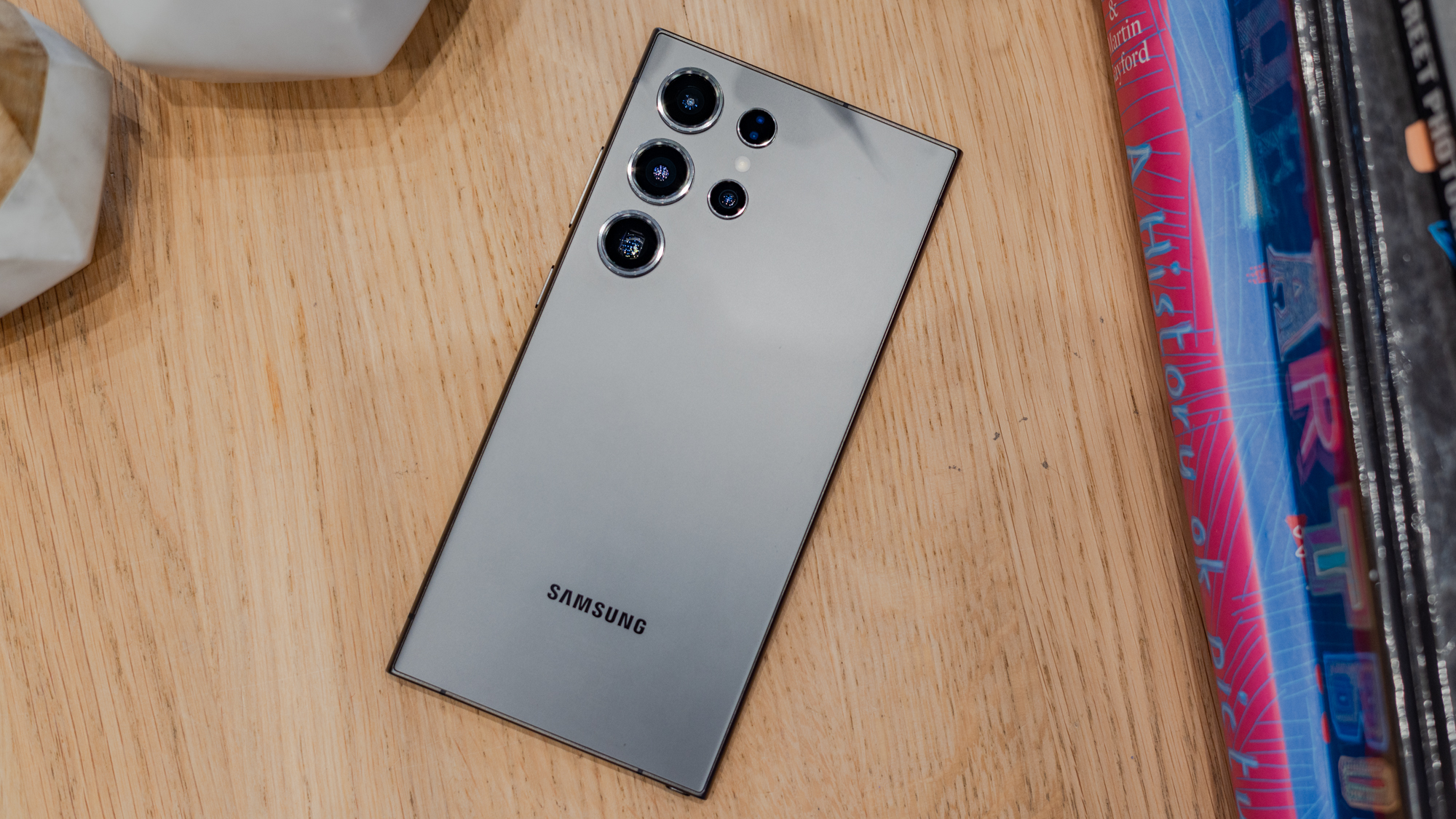
Pros
- Seven years of updates
- Excellent, versatile cameras
- Very good battery life
- Clever AI features
- Built-in S Pen stylus
Cons
- Expensive
- Big and bulky
- Charging still only 45W
The Galaxy S24 Ultra is the best phone you can buy, and the good news is that it supports two SIM cards.
It’s arguably the ultimate smartphone, packing almost every premium feature you can expect into one huge device. However, the gorgeous 6.8-inch display and built-in S Pen stylus are certainly worth it.
Other highlights include sublime performance from an overclocked version of the flagship Snapdragon 8 Gen 3 chipset and strong battery life from the 5000mAh cell. The cameras might not be the best on any smartphone, but they’re not far off, offering impressive versatility across four lenses.
Samsung’s One UI software is intuitive and relatively easy to use, and the company’s new AI features are genuinely useful. Throw in a class-leading seven years of updates and you’ve got yourself a superb phone.
Aside from the imposing design and relatively slow charging, the price tag is the main thing that counts against the S24 Ultra. But if you can afford it, you won’t be disappointed.
2. Xiaomi 14 Ultra – Best for photography
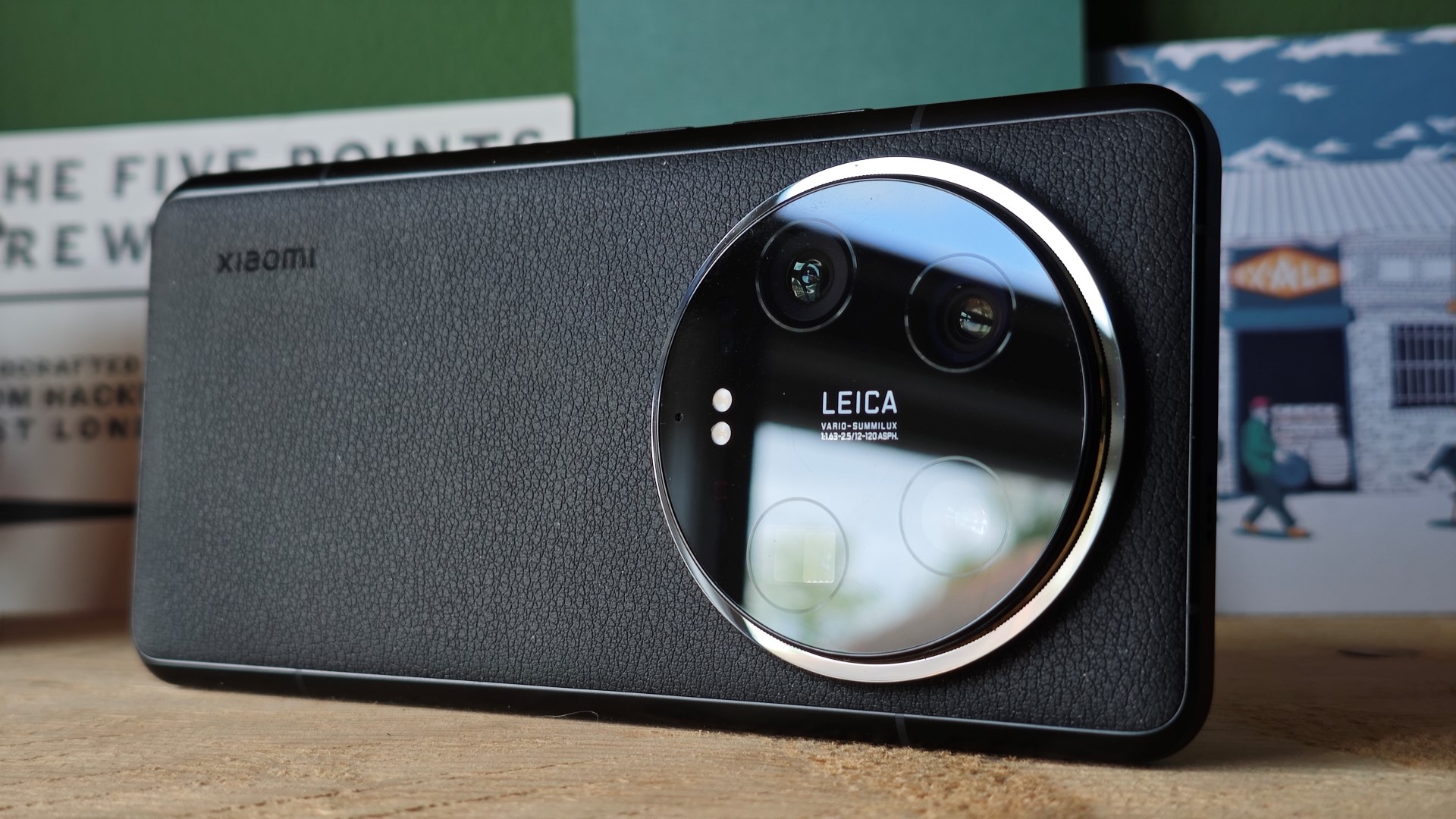
Pros
- Incredible photography
- Stunning vegan leather design
- Gorgeous curved screen
- Flawless performance
- 90W fast charging
Cons
- Expensive, with Photography Kit sold separately
- Mixed HyperOS software
- Not available in the US
Xiaomi’s camera-focused flagship is the best phone around for photos, especially when combined with the flexibility of two physical SIM cards.
Let’s talk about those cameras, then. Alongside the Photography Kit accessory (sold separately), they transform the phone into a genuine DSLR replacement for many people. The image quality and versatility across all four 50Mp rear lenses and the 32Mp selfie camera is simply superb.
There’s lots more to like too, including a gorgeous display, stunning premium design and great performance. Battery life is strong, and you get a 90W fast charger in the box. From a hardware perspective, it’s hard to fault.
Aside from the price, the main reason you might not want to buy it is Xiaomi’s HyperOS software, which still contains a lot of bloatware and can get frustrating. But if you can look beyond this, the 14 Ultra will give you an unrivalled photography experience.
Looking for something more affordable? The regular Xiaomi 14 is a great alternative which also supports dual SIM.
3. Oppo Find X8 Pro – Great all-rounder

Pros
- Awesome camera system
- Great battery life
- Super powerful
- New camera control button
- Useful AI features
Cons
- Smaller sensors than the Find X7 Ultra
- No autofocus on the selfie camera
- Magnetic charging only works with case
- Not available in the US
After Oppo decided not to release its Find X6 and Find X7 series flagships outside China, the Find X8 series marks a triumphant return to Europe. The fact it
Both the Find X8 and Find X8 Pro are excellent phones, but the latter has a slight upper hand. It’s powerful, good-looking, offers amazing battery life and has plenty of software perks.
But it’s the cameras that set it apart from rivals, and turn a great phone into a superb one. For pure image quality, it’s probably only the Xiaomi 14 Ultra that can rival it right now for UK buyers.
The phone isn’t without its compromises – there are a couple of small camera downgrades compared to the Find X7 Ultra, while the software takes some getting used to – but there’s no doubt that the Find X8 Pro is up there with the very best phones right now.
The inclusion of support for two physical SIM cards only sweetens the deal.
4. OnePlus Nord 4 – Best value for money
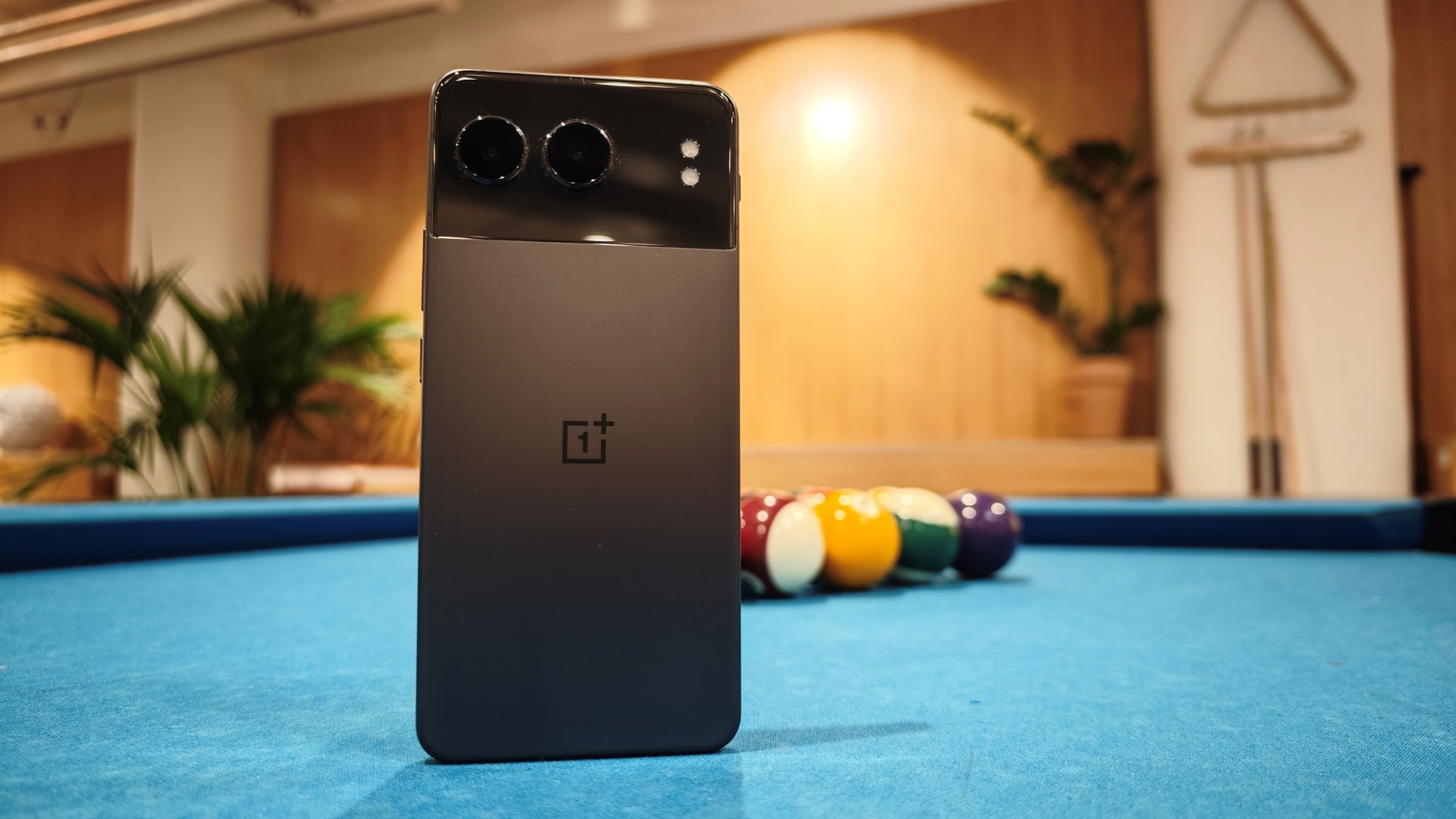
Pros
- Premium build
- Great display
- Strong main camera
- Solid battery life
- Six years of updates
Cons
- Polarising design
- Disappointing ultrawide camera
- No telephoto camera
- Not available in the US
The OnePlus Nord 4 is the best mid-range phone you can buy right now. It’s a better choice than the Pixel 8a for most people, and has the added benefit of supporting dual-SIM cards.
That starts with superb build quality, with one piece of sturdy aluminium extending across the back and sides of the phone. At the front is a gorgeous 120Hz OLED screen, supplemented by strong performance and all-day battery life.
Provided you’re a fan of the design, the compromises here are concentrated around the cameras. There’s no telephoto lens, meaning zoom shots are disappointing, while the ultrawide OnePlus has opted for instead flatters to deceive.
However, if you primarily use the main lens anyway, you won’t be disappointed. And with six years of security updates, the Nord 4’s longevity is one of its key strengths.
Overall, it’s the leading choice if you’re in the market for a mid-range Android phone, whether you need dual-SIM support or not.
5. Motorola Razr 50 Ultra/Razr+ (2024) – Best foldable
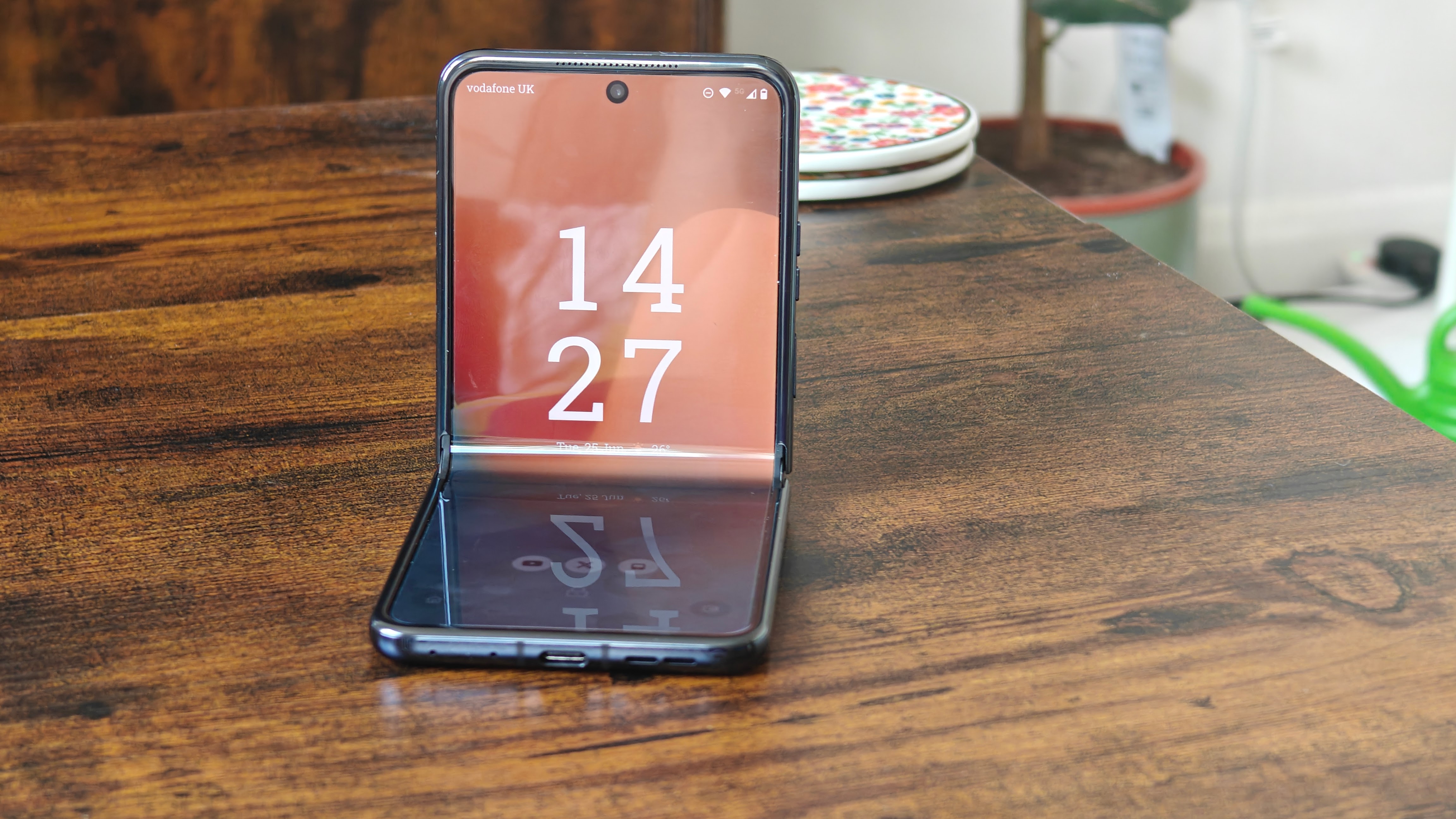
Pros
- Class-leading performance
- Excellent main camera
- Impressive 120W charging
- Solid battery life
Cons
- Unintuitive software
- Huge rear camera module
- Expensive
When you think of flip phones released in 2024, Samsung’s Galaxy Z Flip 6 is probably the first one that comes to mind. However, the Razr 50 Ultra (or Razr+ (2024), depending on where you’re based, is a better choice for most people.
While both devices support dual SIM, the Razr has the upper hand in some other key areas.
The 4-inch, 165Hz outer screen is the big one. Not only is it significantly larger than rivals, but you can run any app you like on it without any complicated workarounds. The 6.9-inch, 165Hz internal display is just as impressive, with a crease that’s barely noticeable.
While not quite as good as the best camera phones, the Razr 50 Ultra’s rear cameras can take great shots in a range of environments. However, Motorola has gone for a 2x telephoto rather than an ultrawide lens, while the internal selfie camera isn’t very good.
But with slick software (despite some cover screen bugs), solid battery life and decent charging speeds, Motorola is onto a winner. The Z Flip 6 is better in some areas, including long software support, but the Razr is the better all-around pick for most people.
If you’re looking for something more affordable, consider the regular Razr 50 instead, which also supports dual SIM.
6. OnePlus 12 – Best design
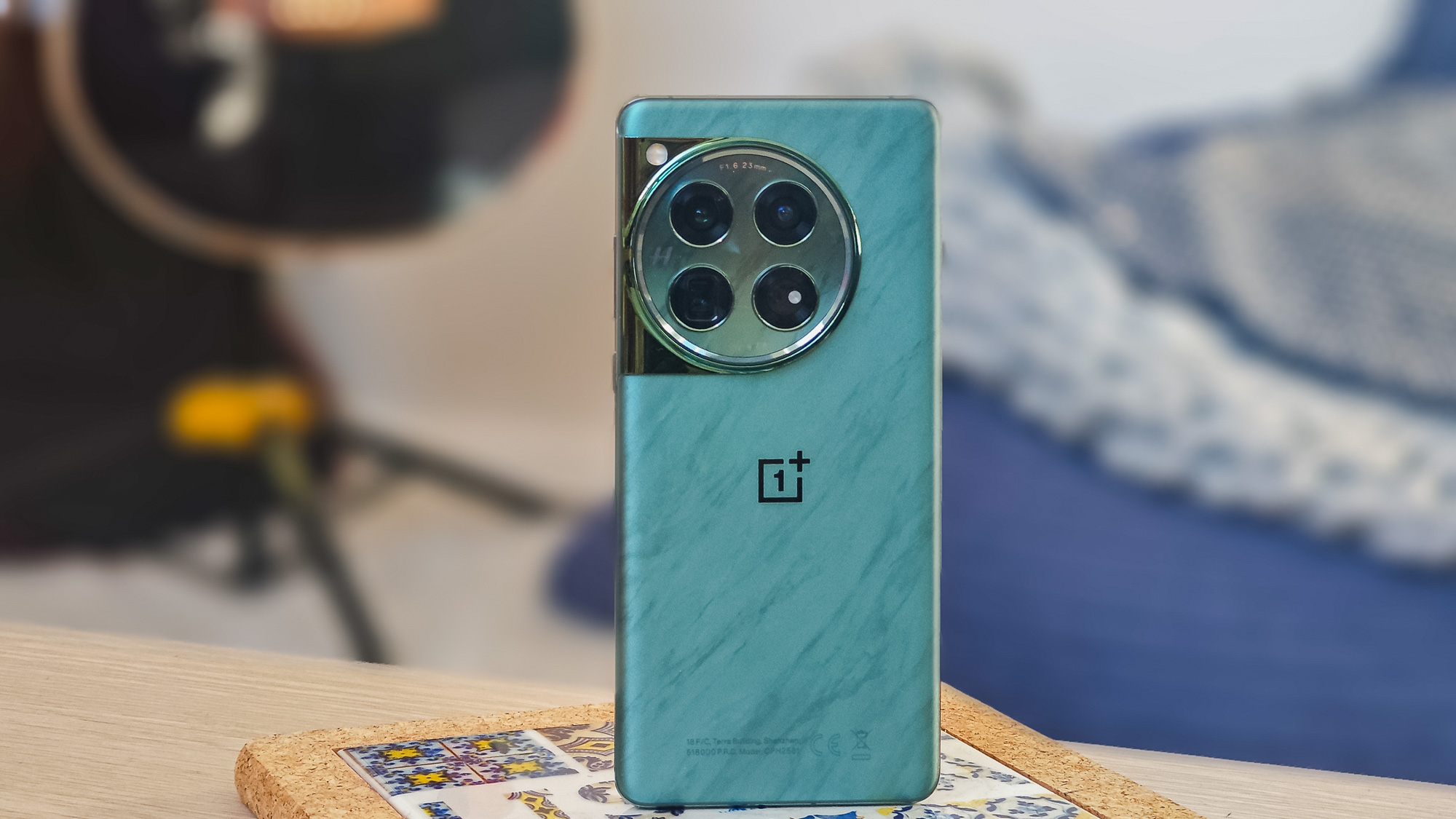
Pros
- Elegant, distinctive design
- Stellar screen
- Fast wired and wireless charging
- Great main and telephoto cameras
Cons
- Fewer OS updates than rivals
- Average ultrawide and selfie cameras
- Limited water resistance
The OnePlus 12 is significantly more expensive than the OnePlus 11, which was a great handset for the money. But this extra expense is justified – a stunning design, significant performance upgrade and the introduction of wireless charging make a real difference.
Its Snapdragon 8 Gen 3 chipset speeds through tasks with ease (including gaming), then combines with a 5400mAh battery for superb battery life. When you do run low, you can choose between 100W wired and 50W wireless charging, though the 80W charger in the box will be plenty fast enough for most people.
The 120Hz AMOLED screen is among the largest on any phone at 6.82-inches, but also one of the best. The slick software experience is also a joy to use, even if the four OS updates and five years of security updates are a small step down from the best around.
Rear cameras, a weakness of earlier OnePlus phones, are very good on the whole. But the ultrawide and selfie lenses aren’t the best, and the IP65 rating means it’s not protected against submersion in water.
Nonetheless, the OnePlus 12 still undercuts most flagships on price while offering a compelling experience. And with dual-SIM support, it’s impressively versatile.
7. CMF Phone 1 – Best budget

Pros
- Unique, stylish design
- Bloat-free operating system
- Solid performance
- Fun accessories
Cons
- No NFC
- Limited water and dust resistance
- Simple cameras
CMF, Nothing’s sub-brand, has previously focused on wearables and audio products.
But its first attempt at a smartphone is an undoubted success, combining a fun look with solid core features and an impressively low price tag – just £209/$199.
Its design is the clear highlight, with a back panel that can easily be swapped out and an attachment for a lanyard, kickstand, or card wallet, all of which CMF sells as optional extras. However, even if you don’t care about any of that stuff, the Phone 1 has strong performance and an attractive display, both of which are must-haves on a modern smartphone.
Battery life is decent, while Nothing’s unique take on Android combines a unique look with no bloatware.
The lack of NFC (and so no support for contactless payments) is the biggest potential dealbreaker, while the cameras and water resistance could do with work. Samsung’s Galaxy A15 5G or A15 4G are the cheap phones to get if you value long software support, too.
But as a complete package, the CMF Phone 1 is the best all-rounder in the budget smartphone market right now. If you want a cheap, reliable phone that retains dual-SIM support, this is the device for you.
8. Samsung Galaxy S24+ – Capable and reliable flagship
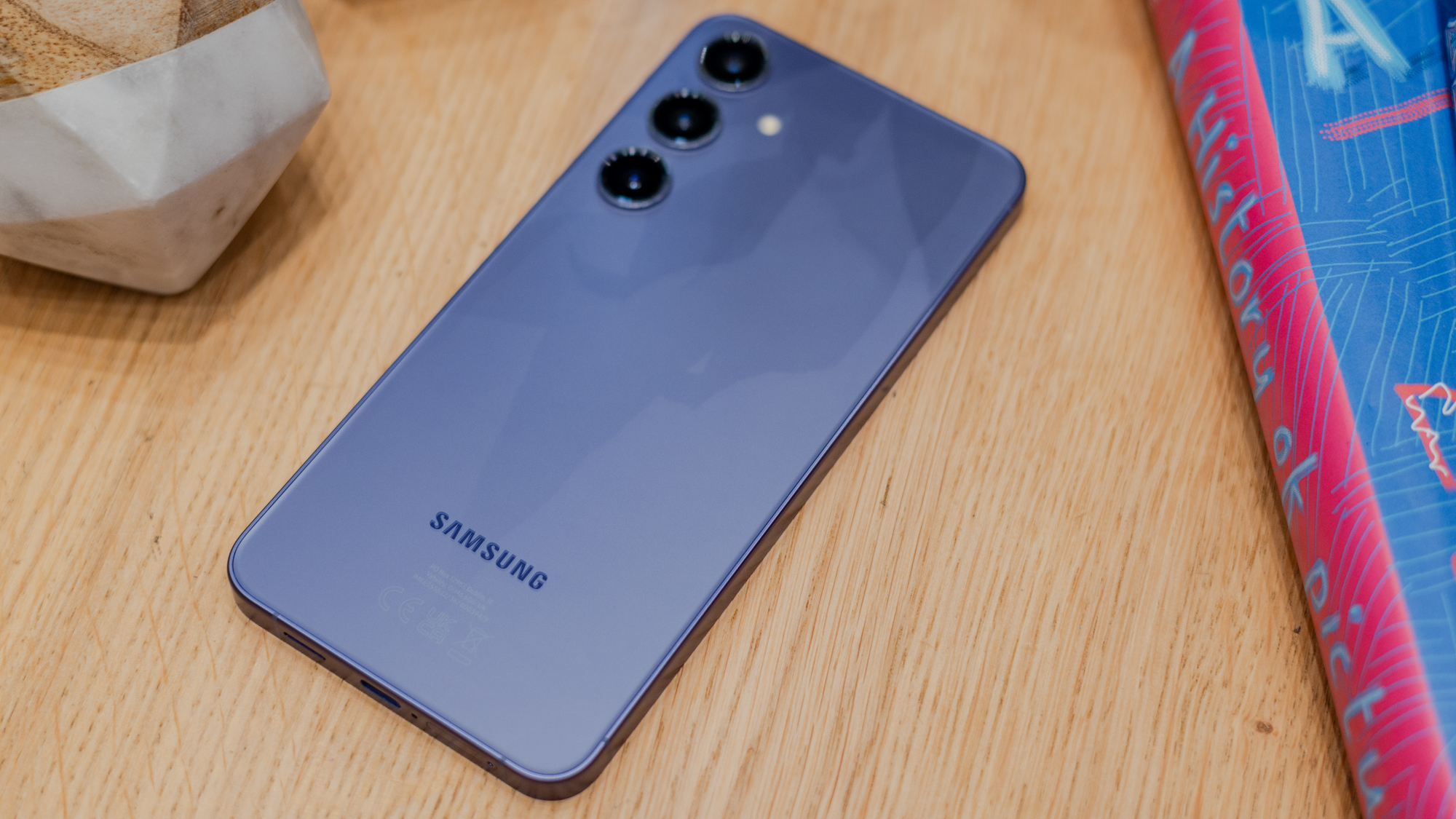
Pros
- Great, large display
- Strong performance
- Incredible battery life
- Useful AI features
- Seven years of updates
Cons
- Missing S Pen support of S24 Ultra
- Limited storage options
- Relatively expensive
The middle phone in Samsung’s Galaxy S24 range isn’t quite the all-singing, all-dancing S24 Ultra, but it’s arguably a better phone for some people.
You still get most of the fundamentals of Samsung’s ultra-flagship, including a gorgeous large display, superb battery life, useful AI features and dual-SIM support. Samsung’s slick, AI-infused software also combines with a class-leading seven-year update commitment.
US buyers will still get the overclocked Snapdragon 8 Gen 3 chipset, but even the Exynos 2400 in the UK delivers strong performance.
If you can do without a stylus or loads of storage but still want a dual-SIM Samsung flagship, the S24+ is the phone to get.
9. Xiaomi 14T – Brilliant mid-range hardware
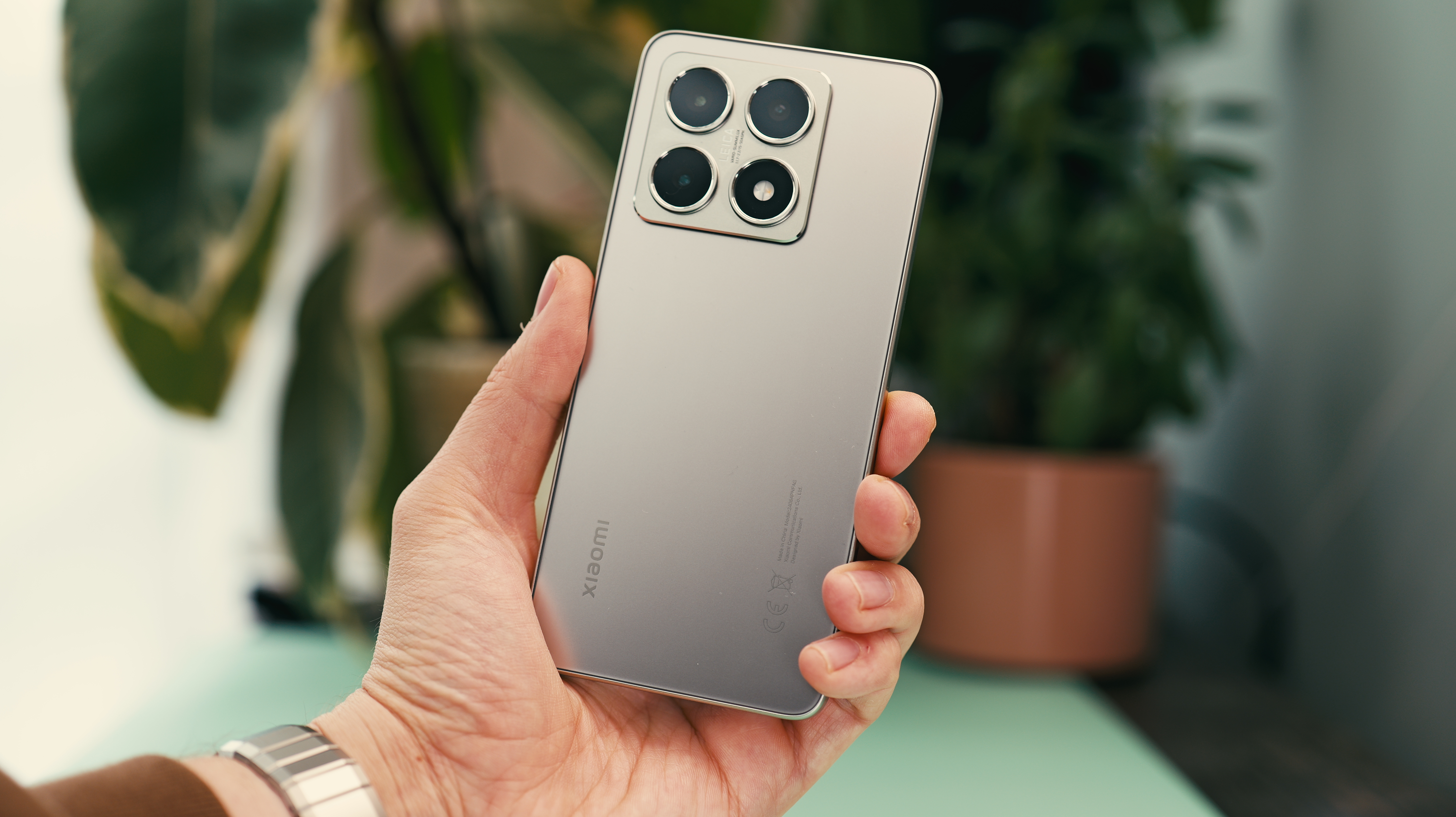
Pros
- Slick design
- Great cameras
- Solid performance
- Fast charging
- Useful Google Circle to Search feature
Cons
- Hit-and-miss AI features
- No wireless charging
- Plastic frame
- Not available in the US
If you want a mid-range dual-SIM phone that could easily pass as a flagship, the Xiaomi 14T is for you.
It looks and performs a lot like the regular Xiaomi 14, yet starts at just £549 in the UK. Sadly, it’s not available in the US.
And there’s a lot to slick here, including a premium design complete with a stunning large OLED display. The cameras are surprisingly great, despite being a clear step down from Xiaomi’s class-leading 14 Ultra.
Solid battery life is supported by impressive 67W fast charging, even if the necessary charger isn’t in the box and there’s no wireless charging.
This is a phone with almost no hardware weaknesses, though the software is still underwhelming at times. Google’s Circle to Search feature is genuinely useful, but Xiaomi’s own AI attempts aren’t always successful.
Xiaomi’s commitment to four major OS updates and five years of security patches is solid, though. And as an all-rounder, you’ll struggle to find anything better at this price point. You could step up to the 14T Pro, but the extra £150 (it starts at £699) simply isn’t worth it for most people.
10. Samsung Galaxy A15 5G – Great budget option
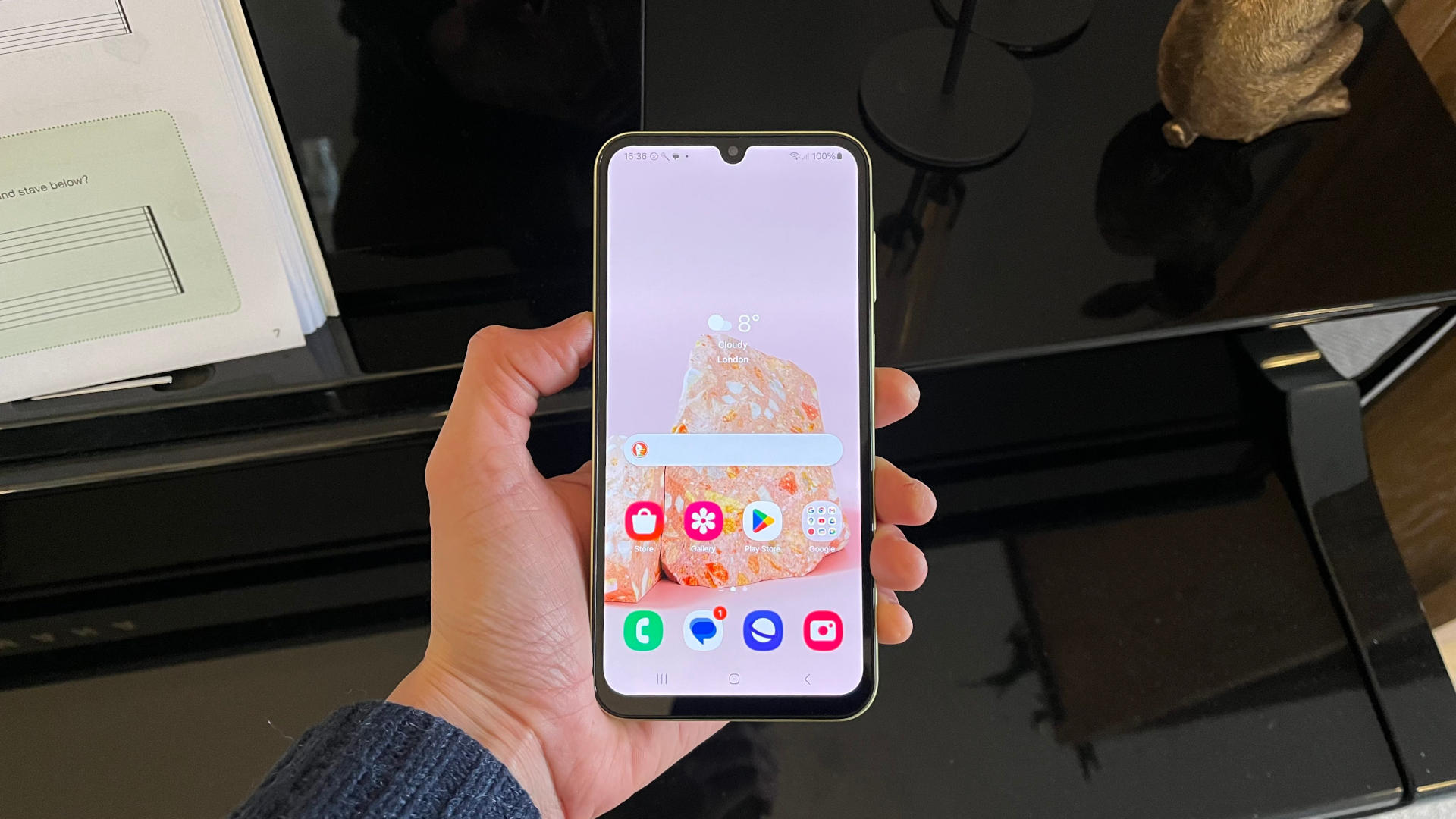
Pros
- Premium design
- Solid main camera
- Great battery life
- Smooth 90Hz display
- Five years of updates
Cons
- Performance not the best
- No water resistance rating
- Relatively slow charging
In 2023, the regular Galaxy A14 was a slightly better buy than the A14 5G. But this year, the A15 5G’s better performance and 5G connectivity give it the edge, and there’s no competition in the US – the cheaper A15 (4G) isn’t sold there.
Essentially, what you’re getting here is a cheap device that nails the fundamentals of a great smartphone. It has a well-designed, premium build that could easily pass for a much more expensive device. Battery life is excellent, stretching to two full days with light usage. And the 90Hz display is a joy to use.
The A15 5G might not have the AI features or seven years of updates from the flagship Galaxy S24 series, but One UI remains the best software you’ll find on a cheap phone. And Samsung’s commitment to four OS updates and five years of security patches is still better than any budget rival.
If you can put up with unremarkable performance, no official water resistance rating and mediocre charging speeds, the Galaxy A15 5G is easy to recommend. Adding dual-SIM support makes it even better.
Buying guide for dual-SIM phones
How do dual-SIM phones work?
Something we’ve noticed when shopping for dual-SIM phones is that the manufacturer very rarely provides any information about the functionality other than it exists. It doesn’t tell you how the dual-SIM functionality works in practice, nor whether both SIMs support 4G/5G, or even what size SIM cards they accept.
You can never assume; you’ll need to contact the manufacturer or check spec tables, reviews, or forums to find out this information.
In all the dual-SIM phones we’ve tested, both SIMs are on standby at all times (known as dual-standby phones), but you can actively use only one SIM at a time. This means that either SIM can accept a phone call or text at any time, without you having to actively swap between them or reboot the phone.
However, if you get a call on one number while a call is active on the other, it won’t start ringing in your ear or give you the option to put the first caller on hold – the call will simply not be successful.
What is the difference between Dual-Standby and Dual-Active?
Dual-active SIM phones use two modems and allow you to receive calls on both numbers at once.
If it’s you who wants to make a call or send a text, Android has a standard SIM Management menu that lets you specify which SIM should be used for voice calls, video calls, messages and mobile data. You can either specify a particular SIM for each of these tasks, or leave the setting as ‘Always Ask’.
The data connection is where there seems to be a lot of confusion when it comes to dual-SIM phones. Whereas both SIM slots on some dual-SIM phones are capable of supporting 4G or 5G connections, you can use data connectivity on only one SIM at a time.
Unlike with calls and texts, typically speaking the data connection can’t be on standby for both SIMs; you must specify which SIM you want to use rather than select one when prompted – though some phones will let you set them to switch to the other SIM when the first can’t make a connection.
By default, when you are using the data connection on one SIM and a phone call comes in to the other, it will pause the data connection on the first.
Can you use dual-SIM with a microSD card?
If you want to take advantage of both SIM card slots and expandable storage, your options will be a little limited.
While most phones with expandable microSD storage also offer dual-SIM, typically the SD card has to use that second SIM slot, forcing you to choose between storage and the SIM.
If this is a priority for you, make sure to check reviews and specs carefully for phones that support two SIMs and a microSD card simultaneously – there are some out there – or look out for a combo of microSD and eSIM support.
Are there any dual-SIM iPhones?
Yes and no. iPhones only ship with two physical SIM trays in mainland China, Hong Kong, and Macau, and even then it’s only some models.
So, if you don’t live there, then you can’t use two physical SIM cards in an iPhone. That’s why we haven’t included any iPhones in our list above.
However, every iPhone that supports eSIM – those from the XS and XR onwards – allows you to use a single physical SIM card along with an eSIM, and those from the iPhone 13 onwards even allow you to set up dual-SIM with two eSIMs.
Are there any dual-SIM Google Pixel phones?
It’s a similar story for Google as for Apple. Phones from the Pixel 3a onwards allow you to use a single physical SIM along with a second eSIM, while the latest models – from the 7 onwards – include support for dual eSIM.
However, none of the Pixel phones allow you to install two physical SIM cards simultaneously.

